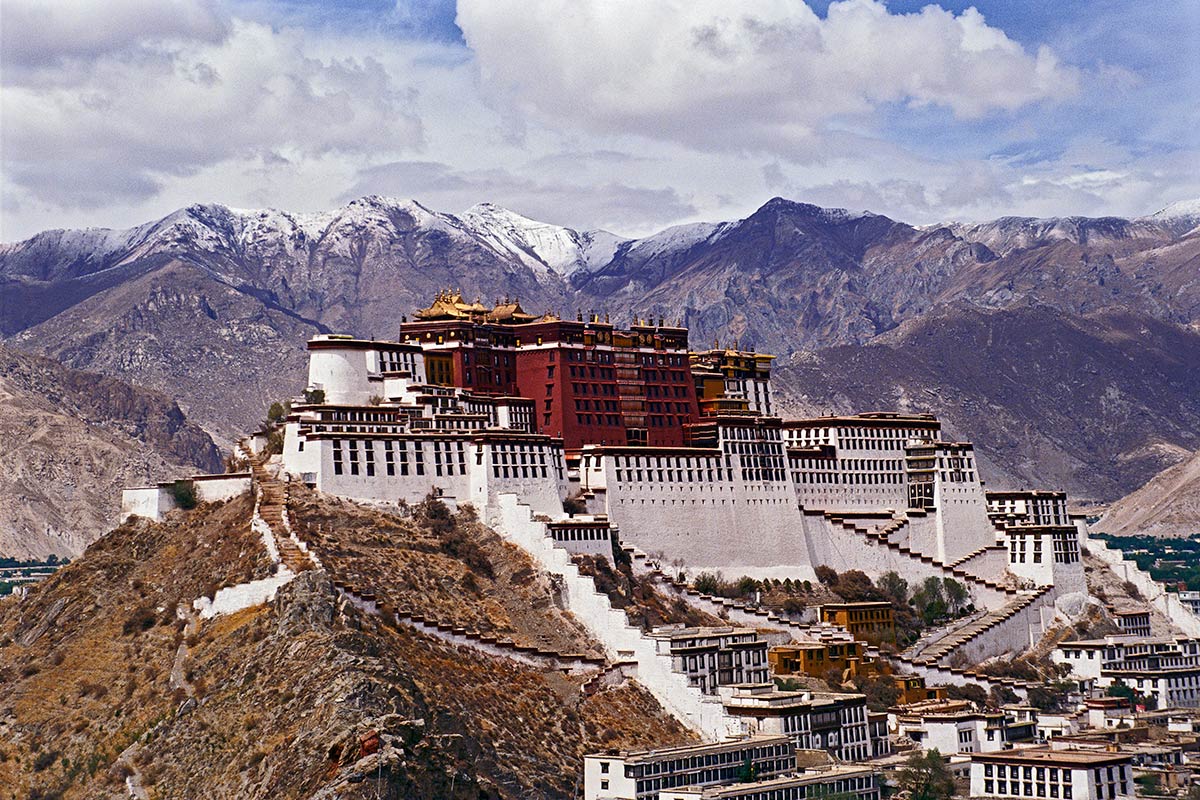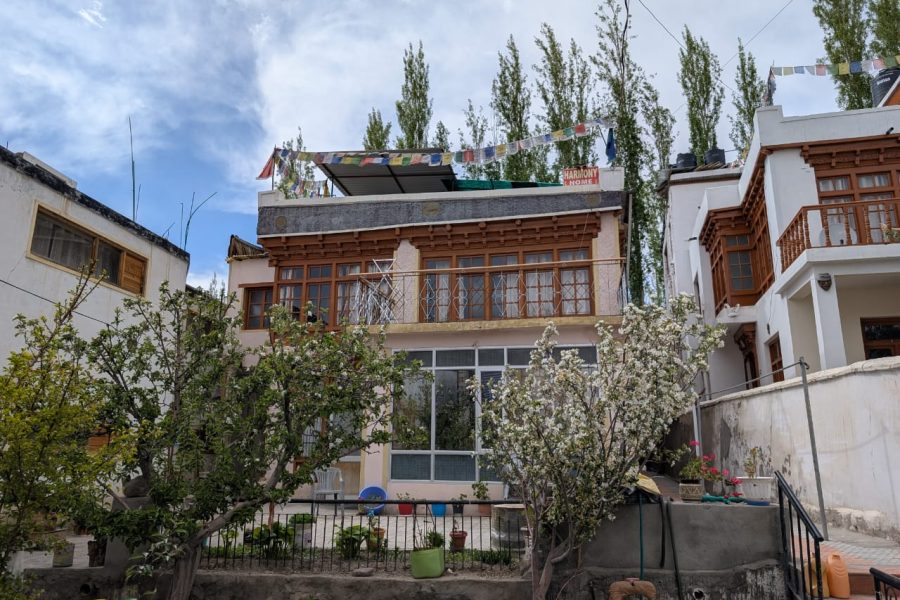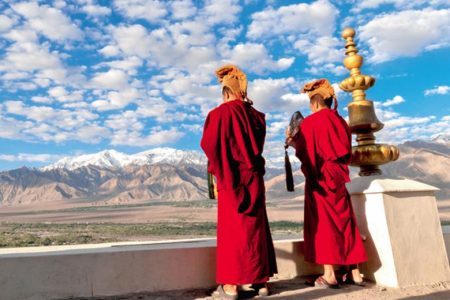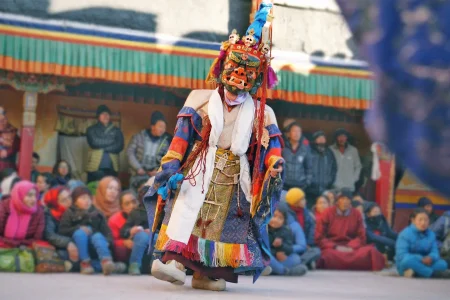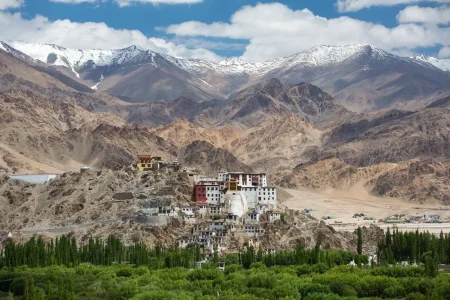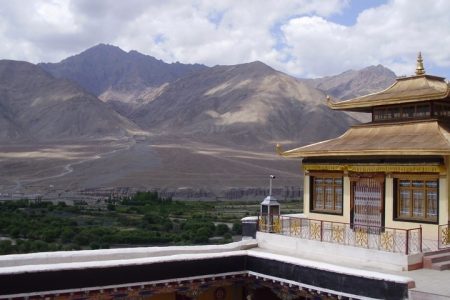Ladakh has historically been an important crossroad for traders and travelers moving between India, Tibet, Central Asia, and beyond. The Silk Road, one of the oldest trade routes in the world, passed through Ladakh, making it a meeting point for various cultures, religions, and goods.
The Central Asian Museum in Ladakh captures this fascinating history by preserving and displaying artifacts from the region’s key historical moments. The museum was established to highlight the cultural and historical significance of Ladakh’s strategic position on the trade routes and its interaction with the kingdoms of Central Asia, Tibet, and the Indian subcontinent. The collection includes a range of objects that speak to these exchanges, showcasing how the region’s art, culture, and trade practices have evolved over centuries.
The Central Asian Museum is housed in a traditional Ladakhi-style building, reflecting the region’s unique architecture. Some notable features of the museum’s layout include:
Traditional Design: The museum’s architecture combines Ladakhi and Central Asian elements, with wooden beams, intricately carved window frames, and flat roofs typical of the region’s buildings.
Spacious Halls: Inside, the museum is divided into several halls, each dedicated to specific themes like Buddhist Art, Trade Routes, and Historical Artifacts.
Well-Organized Exhibits: The exhibits are arranged in a chronological order, with explanations in both English and Ladakhi, allowing visitors to easily follow the region’s history and its connections with Central Asia.
Interactive Displays: Some of the museum’s sections include interactive displays and multimedia installations, which help visitors understand the trade systems, art forms, and cultural exchanges that shaped Ladakh.
